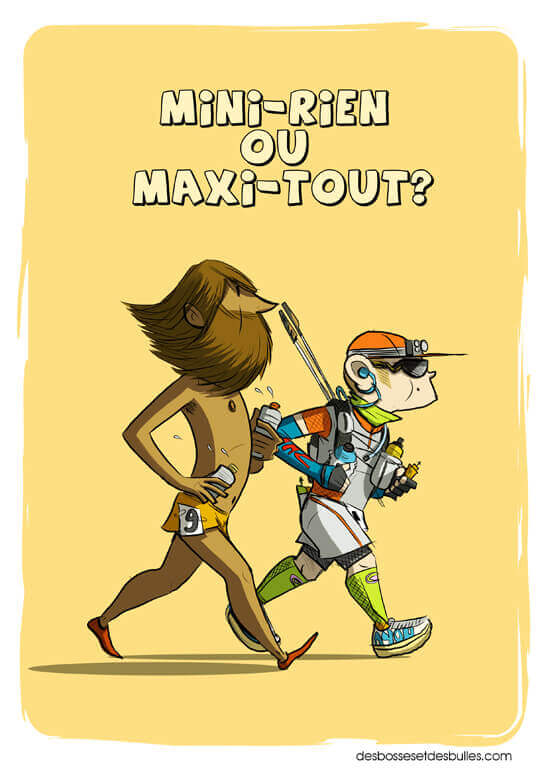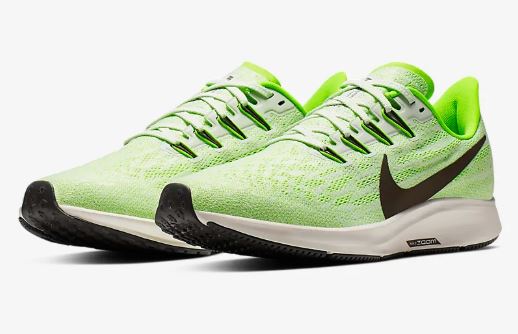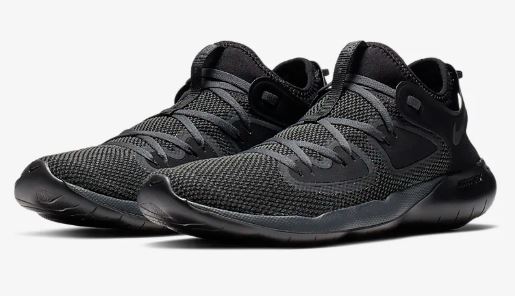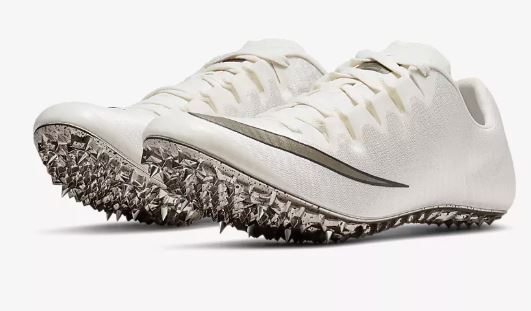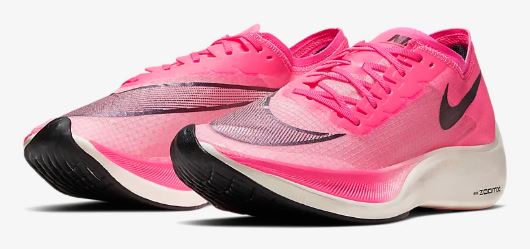Before starting to run, it is important to begin with the right gear. Wearing the incorrect gear can increase the risk of injury. We are often tempted with new models, new trends, new colors. But it is important to find the correct gear for your running needs.
There are extremes from the minimalists to the technical runner. But ensure you understand first what you need and choose the footwear adapted to your usage and preference.
There is lots to write about the equipment. Let’s start with the most important :
The shoes
This is the most important piece of gear to consider. If you bought your current shoes 20 years ago and have been using them mostly to garden, walk in the river or go to the supermarket, the sole must be hard as a rock, it is time for a brand new pair of runners.
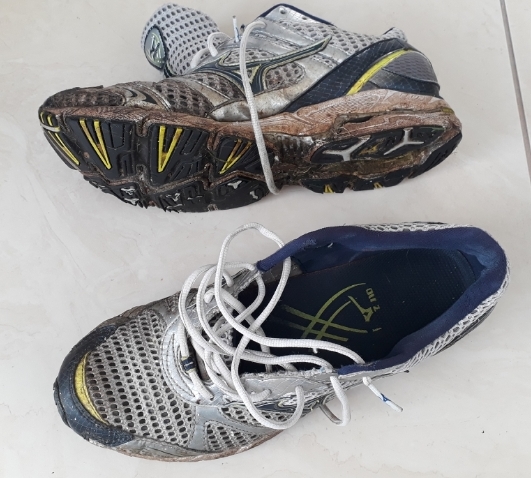
Or if your dog has enjoyed chewing your latest pair of expensive shoes:
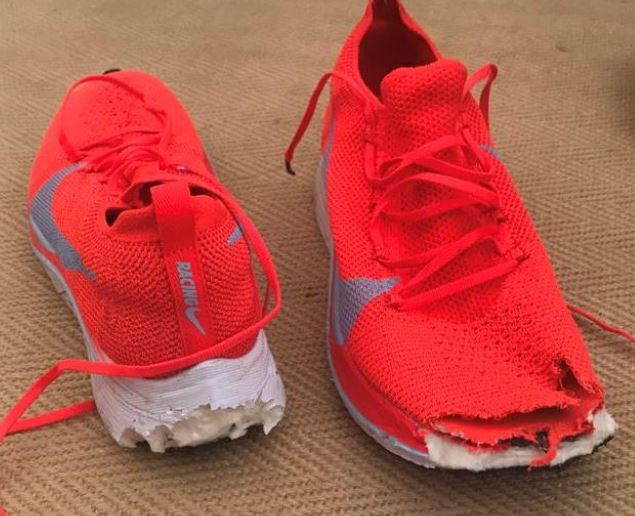
A pair of running shoes can last between 100 miles and 2500 miles. It is good to alternate with different pair of shoes during the week. This will allow the sole of the shoe a few days to recover before you use them again. Let the shoe dry naturally and avoid the tumble dryer. Having a few pairs is cheaper at the end because your shoes will last longer. You will then have the time to find the best deals not having to buy a pair in urgency when your one pair are completely dead.
The internet site Runner’s World, regularly updates new shoe releases.
You should be able to feel when a pair of shoes need to be replaced. I monitor my shoe mileage using Garmin connect or Strava. You simply input the shoe you wear after each run in these online tools. They keep calculating the total mileage ran in each pair of shoes. I change mine between 380 miles and 750 miles.
After 500 miles, I monitor my shoes carefully to ensure they are not over- worn. Most of the time, the shoes are still nice in appearance and can be given to charity.
Supinator / Neutral / Pronator
First let’s look at your current shoes and how you use them. Look at how the sole is worn.

If the inside of the sole is worn, then you may be a supinator. Your stride begins with the heel, then moves to the outside of the foot, finally pushing off with the outside of the forefoot.
This may be to legs in bow shape or an outside rotation of the leg from the hip during the stride. A weakness in the foot muscle may also be the cause of the supination (or high foot arch).
If the shoe is worn everywhere, then you should have a neutral stride. This is the ideal stride.
If the inside of the sole is worn, then you may be pronator.
Your stride starts on the heel, then moves to the inside of the foot, finally pushing off with the inside of the forefoot. This may be due to legs in X shape (known as knock knees) or an inside rotation of the leg from the hip during the stride. A weakness in the foot muscle may be the cause of the pronation (or a flat foot arch).
For the pronator or suppinator, shoes are available with more support on the inside or on the outside and you can often find advice and recommendations in the various running shops. These shoes may give more support to the foot and should help to improve the foot / ankle stability.
If the cause is due to a weakness in the legs or hips, a shoe with more support will not improve the situation. Most of the time a weakness in the core, hip flexors, quads, calves can be improved with strength and conditioning . Have your gait analysed first to understand what needs to be improved.
I would suggest to get neutral shoes and work on your physical weaknesses to improve your stride.
The drop
Now let’s analyse the shoe drop. It is the height between the heel and the forefoot:
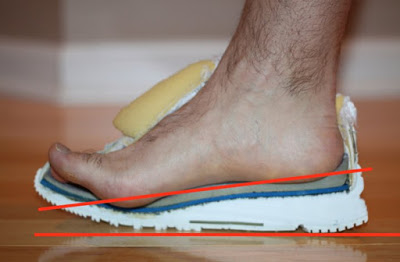
Protective shoes have a drop between 10 mm and 12 mm and sometimes even greater. These shoes are favorable to a heel strike (the heel touches the ground first at the beginning of the stride).
For the faster runners, with a mid-foot or forefoot strike, the drop will be between 4 mm and 8 mm. These shoes are for short distance races ( 5 km / 10 km ).
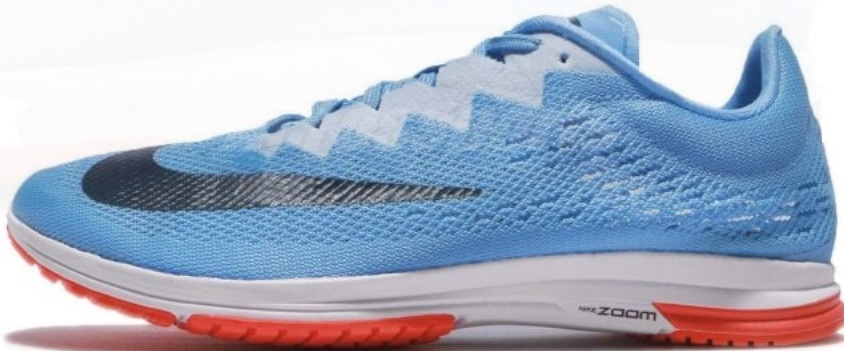
For minimalist runners and for track or short distance races, some shoes have a 0 mm drop between the heel and the forefoot. These shoes are favorable for a forefoot strike.
And finally, the shoes that were used during the latest marathon world record, which Eliud Kipchoge used and is using now, the Nike Zoom X Vaporfly Next%. They are a very light shoe, with one or tree carbon blades in the sole.
A full review of the Nike Alpha Fly which he ran during the sub 2 hour marathon can be found HERE.
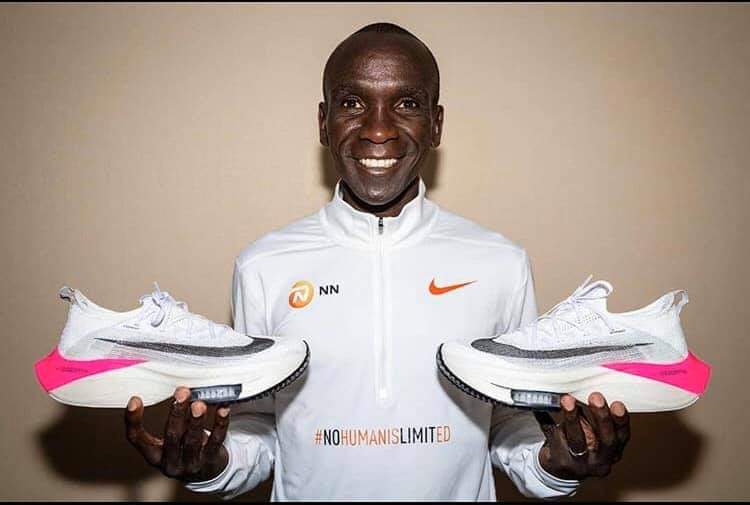
There are also various other types of running shoes to run on trails, cross-country, track… Ensure your footwear is adapted to suit your type of running and mileage.
To help you in your shoe choice, you can find many resources online with plenty of great shoe reviews:
https://www.solereview.com/
https://www.believeintherun.com/
https://www.roadtrailrun.com/
If you are unsure, go to your local running shop and look for an experienced salesman who will be pleased to help you.
When you change your shoes, don’t forget to look at the sole to see how it is worn-out. Ensure you know the drop of your actual shoe and keep it the same. If you decide to change drop, ensure you break them in gradually, starting with once a week for a month, gradually building up to twice a week, etc.
Alas many runners develop injuries by changing their shoe and afterwards they discover their injury was due to the new shoe, which was not suitable for their use.
The next article will give you more details on the rest of the running gear (clothes, watch, accessories…)

